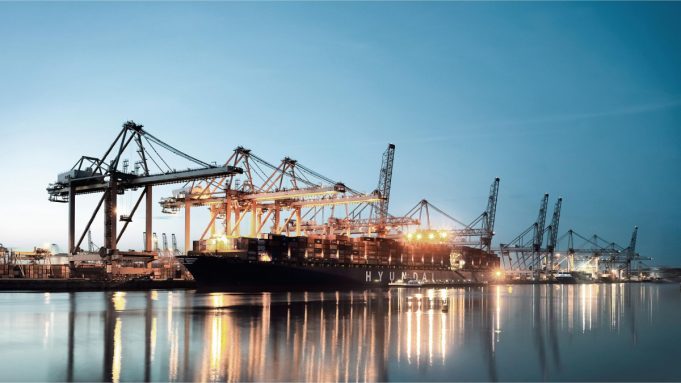The kingdom of Thailand has a long maritime history, which has been a major factor in the molding of, what is now, a modern, developing nation. Early records show maritime trade, during the Sukhothai period from the year 1238, coming through the Gulf of Thailand from China and via the Andaman Sea and the Indian ocean.
Trade prospered during the King Ramkhamhaeng era, from 1279, from numerous countries and continued this way up to the Ayutthaya (1350-1767) and Thonburi periods (1767-1782). In 1350 maritime trade became a monopoly of the royals and heavy taxes were imposed with the revenue going directly to the reigning monarch. This method of revenue generation for the monarchy continued unchallenged for centuries.

During the later part of the 18th and into the 19th century, England was at war with the Kingdom of Ava (later to be known as Burma and today’s Myanmar) and as an aid to facilitate this conflict, wanted freer access within Southeast Asia. This led to the Burney Treaty in which the Kingdom of Siam allied itself with England in the war, and allowed English traders free access to the nation’s markets. This treaty was drawn up, agreed and signed by Henry Burney in 1826.
In 1855 the governor of Hong Kong, Sir John Bowring, drew up a new trade treaty with Siam. This new agreement would not only elaborate on the Burney Treaty but liberalize the rules of the kingdom on all maritime imports and exports. Taxes and levies were to be capped at a maximum of 3% on all goods, with two exceptions, opium and bullion were to be free of any duty. This became known as the Bowring Treaty and was signed by the Kingdom of Thailand and the United Kingdom in April 1855.
The Bowring treaty made Siam the focus of global maritime trade and as the central hub for trading access across Southeast Asia. The Bowring Treaty came about as a direct result of the Burney Treaty which, although aimed purely at trade with the kingdom, gave birth to another maritime spin-off, one which is still with the kingdom today.
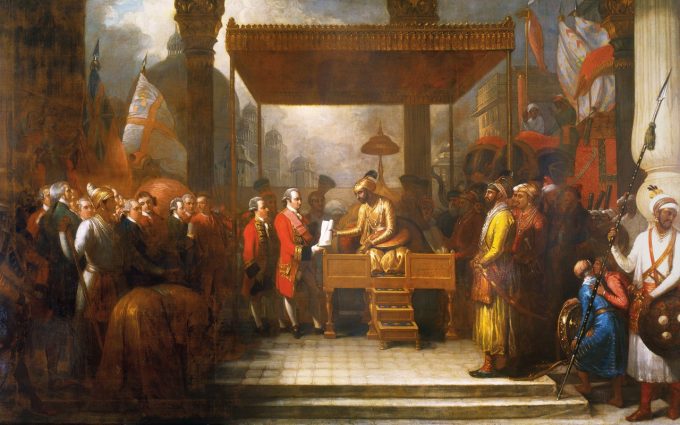
The treaty, in addition to the trade, allowed English citizens free access to live and trade within the kingdom. This led to many well-heeled English traders and their families living in Siam, most of whom were connected to the large trading corporations, such as the East India Company. These wealthy, well-respected interlopers enjoyed a great deal of freedom within the Kingdom, and had vast amounts of leisure time, and being English, they enjoyed nothing better than cricket, polo and maritime leisure pursuits, the English gentry, in particular, were known for their penchant for messing about on the river!
A new, albeit small, trade evolved around maritime leisure. Small marinas were created, leisure craft was brought into the kingdom, auxiliary and support infrastructure blossomed. Existing tradesmen found a new market for their skills as shipwrights and chandlers. The kingdom would no longer view the sea as simply a provider of sustenance, there was now a new living to be earned by pampering to the extravagant whims of the wealthy foreigners who wanted to explore the inland rivers or challenge themselves on the sea, and many simply wanted to sip cocktails at sunset on the decks of a glamorous yacht.
As the number of people enjoying marine leisure grew, so did the offerings. But it was all rather haphazard, there was no coordinated structure or plan as to the best way to accommodate the new growing trend of enjoying leisure time on the water. There was little or no regulation, anyone owning a boat could, and did, pretty much as they wanted.
It is fair to say that maritime leisure was the first commercially legitimized activity which was exploited by the nation specifically aimed at the foreign visitor. Now of course, wherever there is a large body of water, there is leisure craft. As a pastime or a way of life, marine leisure has become much more affordable today and is enjoyed by millions of visitors to Thailand every year.
Today’s Marine and Maritime Thailand
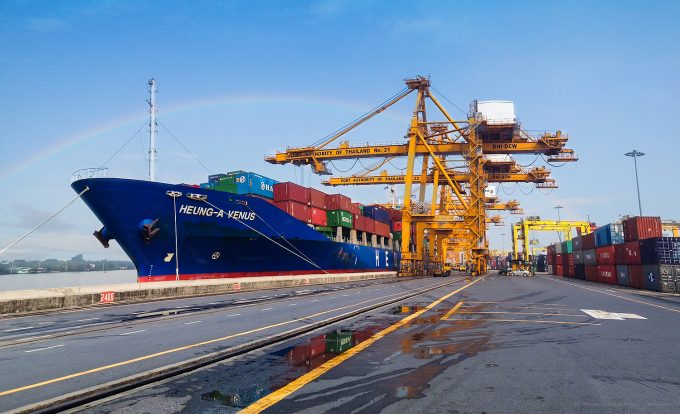
Today, 90% of Thailand’s trade relies on shipping, and the government has acknowledged the need to expand its fleet of 393 cargo vessels. This fleet, globally, is comparatively small, thus, there are provisions now in place for this to be expanded with a view to increasing the nation’s influence on maritime trade across the world. However, the government is not only focusing on maritime trade, but leisure is also in their spotlight as they explore and commission new initiatives specifically aimed at the growing number of people that enjoy maritime pursuits.
Indeed, Thailand’s marine leisure industry has evolved with gusto in recent years and is now firmly on the map within the sailing and marine sports fraternity. Thailand now acts as host to numerous major international boat shows. Verventia’s CEO Andy Treadwell, the organizers of this year’s boat shows’ in Phuket and Pattaya, lauded the success of their recent shows, saying, “Due to the Thai government’s support, the shows have been a magnificent success and is aiding in the country becoming the maritime hub of ASEAN”.
A Marine Revolution Lies Ahead
Numerous government departments are now eagerly working with the Thai Marine Business Association (TMBA) in guiding and supporting the industry in directions which are beneficial to them and the nation as a whole, whilst also embracing the need to preserve the country’s marine environment. No longer will there be an uncoordinated mishmash of marine initiatives without forethought and regulation.
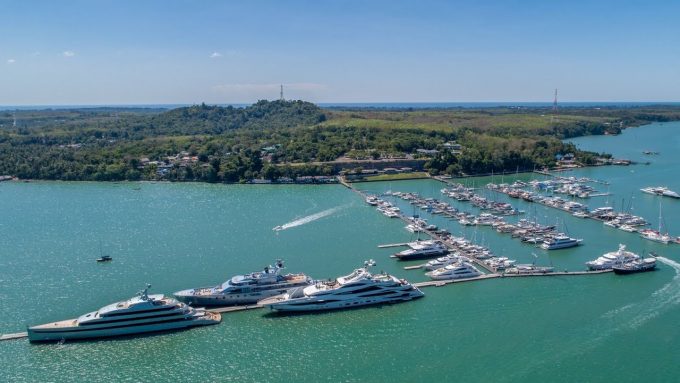
In recent years the glamorous superyachts have started to enjoy Thailand’s offerings, and the government is committed to assisting in the visits of these privately owned, foreign-flagged, luxury vessels. Their permitted stay under a foreign flag is to be increased from 3 months to 6 years. Not only is this good for the tourist industry, but is also designed to make it more attractive for foreigners to invest in condominium ownership in the kingdom. Longer staying superyachts, with their owners and crews, is all to the good of the country’s economy.
The TMBA is also working to change the regulations to allow a charter license for foreign-flagged yachts. Currently, only Thai flagged vessels can operate on a commercial basis in Thai waters. The Revenue Department, Thai Customs and Immigration along with The Ministry of Sports and Tourism have all been working closely with TMBA to bring this about. This will give access for foreign-flagged vessels to enjoy the cruising waters of Southeast Asia, another major initiative making the country even more attractive to foreigners.
As part of the nation’s multi-agency drive to expand the marine leisure sector, selected areas along the country’s coast have been identified as being ideal for the sympathetic development of smaller marinas with supporting infrastructure to accommodate the continued growth of the industry. Not least, there is a major initiative for the development of the Thai Riviera.
This exciting project will be along Thailand’s Southwest coast which is fringed by the beautiful beaches of the Gulf of Thailand. Development on this exciting concept, between the Cha-am and Hua Hin districts, is already underway and amazing investment opportunities await any foreign investor that is seeking a sound investment within a quality project.
Marine Development is to be Married to Environmental Awareness
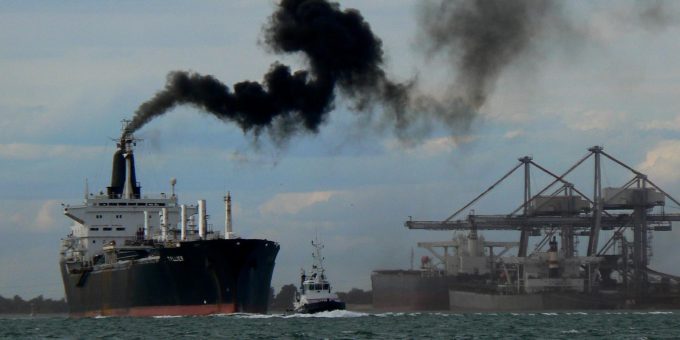
October last year saw the 12th annual Asia-Europe Meeting (ASEM) and was attended by representatives of the Ministry of Foreign Affairs of the Kingdom of Thailand. The International Maritime Organization (IMO), of which Thailand is a member, addressed the meeting and secured unanimous agreements on regulations aimed at marine environmental protection. The government recognizes that the industry expansion must marry with marine sustainability and protection of the nation’s natural assets.
With Thailand’s commitment to the expansion of its marine leisure industry, regulatory controls to preserve the marine environment have become of utmost importance. The country has committed itself to ASEM for the preservation, sustainability, diversity and the natural beauty of its marine life.
A major, long-standing, concern with motorized vessels plying their trade is the burning of heavy fuels. With the inevitable growth in the numbers of craft operating throughout the kingdom, the government has acted promptly and decisively. The burning of heavy fuel damages the environment by emitting large levels of Sulphur Dioxide (SO2).
SO2, when combining with air and water produces acid rain, a term long-used by environmentalists, and now familiar to us all. Acid rain causes deforestation, contaminated waterways, and open seas, all of which are to the detriment of marine and land-based life and their environs. The Thai government is committed to the immediate and drastic reduction in SO2 emissions.

The Transport Ministry has, for a number of years, been promoting the use of liquified natural gas (LNG) for all motorized vehicles. Deputy Transport Minister Palin Chuchottaworn has agreed the nation will sign up to the IMOs proposals on new lower levels of SO2 emissions for all marine vessels. As of 1st of January 2024, there will be a ban on any vessel using fuels that exceed 0.5% SO2 content. This is a significant move by the ministry in preserving the country’s land and marine environments.
Palin Chuchottaworn has also stressed the importance of easy access to fueling points of LNG fuel for all motorized vessels. He has committed to ensuring that along the coast and waterways there will be sufficient and strategically placed fueling points to ensure that marine leisure is not hampered by lack of supply.
The burning of new cleaner fuels will not only help to preserve Thailand’s natural beauty on land and at sea but also aid in maintaining air quality. With the development of the Thai Riviera, air quality in the region is essential to the success of the project. The local Tourist Development Plan lays out strict controls in all areas of current and future building developments and their impact on the local environment, including air quality.
In addition to the new regulations governing fuels, there will guarantee imposed upon marinas as to rubbish separation and disposal and the removal of oils and other potential liquid contaminants. Handling and removal of potentially hazardous materials will comply with agreed international minimum standards and be closely monitored.
The new regulations are good news for the Thai Riviera development making it all the more attractive to visitors, investors and the local population. The area’s dense, forested backdrop, the freshwater rivers, and the beautiful coastline, along with their vastly diverse wildlife, will all benefit. A move away from the under-regulated, haphazard tourist developments, forward-thinking and international cooperation are now the new mantra for the future of the nation’s marine leisure industry.
There’s a Bright New Future for the Marine Leisure Industry
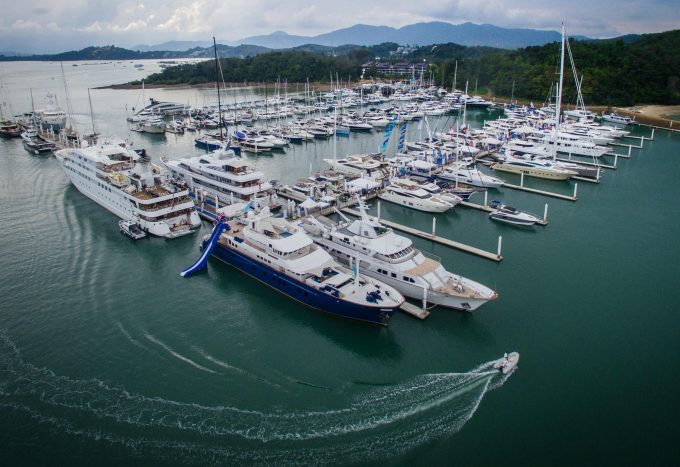
The future of Thailand’s marine leisure industry is certainly very bright. In the past, it must be said, the country has made many mistakes in its efforts to exploit the leisure industry, mostly through a simple lack of controls and regulations. Thankfully, that free for all is to be consigned to the history books. Now responsible, international development companies are coming to the fore and taking up the challenge.
These companies bring with them new, innovative designs, modern building concepts and environmental awareness necessary for the long-term success and sustainability of the government’s ambitious visions for the marine leisure future within the country. The new marina developments will be environmentally clean, aesthetically in sympathy with their situ and profitable for the investors and beneficial to the local indigenous population.
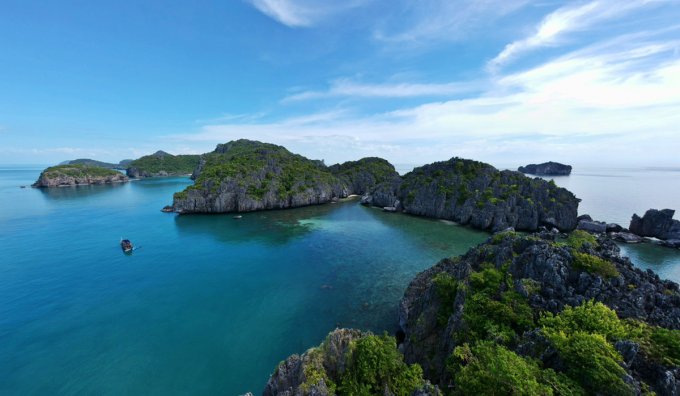
Thailand currently has 4 operating marinas, 3 in the Gulf of Thailand and 1 in the Andaman Sea sporting a total of 615 berths, which is more than Singapore, Malaysia and Indonesia combined. This berthing figure will very soon be eclipsed with 7 new marinas planned as part of the Thai Riviera project. The country is already being looked upon as the marine leisure hub of Southeast Asia, with the 7 new marinas the nation will become a global leader, setting new standards of marine modernity and luxury combined with environmental sustainability.
The key to the success of the new marina projects is not only logistical planning, design, environmental awareness, and sustainability, but also affordability. These projects will require investors to take up the living space that will be required. Be it for retirement, working or buy to let, foreign investors, will demand to see competitive pricing and future profitability in a capital gain or rental income from any potential investment.
For those considering investing in a buy to let condominiums within a marina project, they should look for an investment that offers a guaranteed minimum rental return, look for 6%. Investors should consider the infrastructure and the facilities contained within the project. Expect, and accept nothing less, than a fully supported management service that has 24-hour on-site service.
A reputable developer will offer support for all the legal hurdles that an investor has to overcome as well as advice and practical support to navigate Thailand’s somewhat complicated world of visas. Expect to be kept abreast of the development throughout the construction process and to be consulted on choices of décor for your chosen unit. A reputable developer will offer all of this as a matter of course. There is however a marina project which offers all this, and much more.
One marina project, which is already under construction, is truly unique. It has natural attributes that are unequaled anywhere along the coast of Thailand. Its natural features are unlikely to ever be replicated anywhere along the coast. This marina has a natural, private canal running parallel to the beach which gives direct access to the Gulf of Thailand.
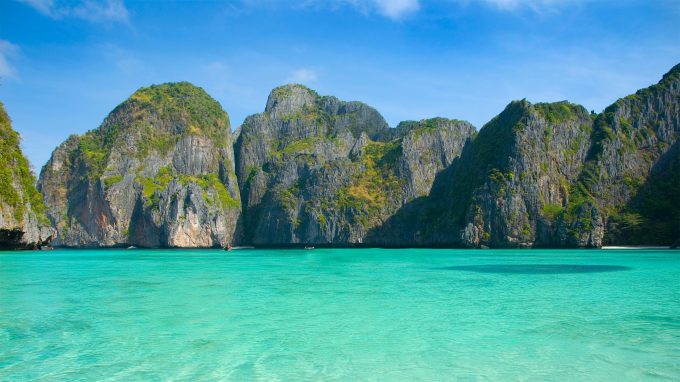
There is also a backdrop of mountainous, lush rain forests which are a paradise for walkers and hikers. Nature has blessed the area with awe-inspiring waterfalls, intriguing caves to explore and diverse ornithology. This marina development is also supported by excellent transport links and infrastructure and is enhanced by a fascinating and traditional local community.
The project is of unquestionable quality, and the developer is currently offering off-build discounts as a further incentive to prospective investors. This project is setting a new benchmark in luxury and affordability which is sure to reap new levels of financial returns as the Thai Riviera gathers pace and global attention. Potential investors may be surprised at the capital entry level required to be part of this exciting marina development; units start at an incredible 3.9 million Baht.
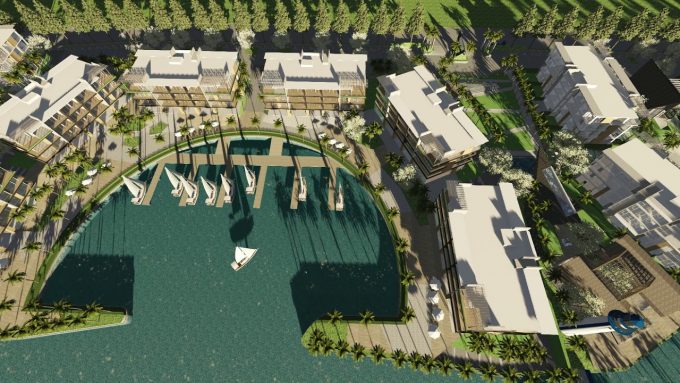
This small, low rise, intimate marina project is to be found in the beautiful, un-spoilt surroundings of Pranburi in Prachuap Kiri Khan province. This is the Grand Marina Pranburi development. The condominiums look out across their own private canal, the beach and the wonderful calm waters of the Gulf of Thailand and are set against the lush greenery of their rainforest backdrop.
This is the most picturesque of all the developments along the Thai Riviera. As such, for any potential investor, it is one that must be viewed, and decided upon, promptly, for it will very soon become the most desirable project in which to invest in the Thai Riviera.
Visit grandmarinapranburi.com for more info about the Grand Marina Pranburi development.

